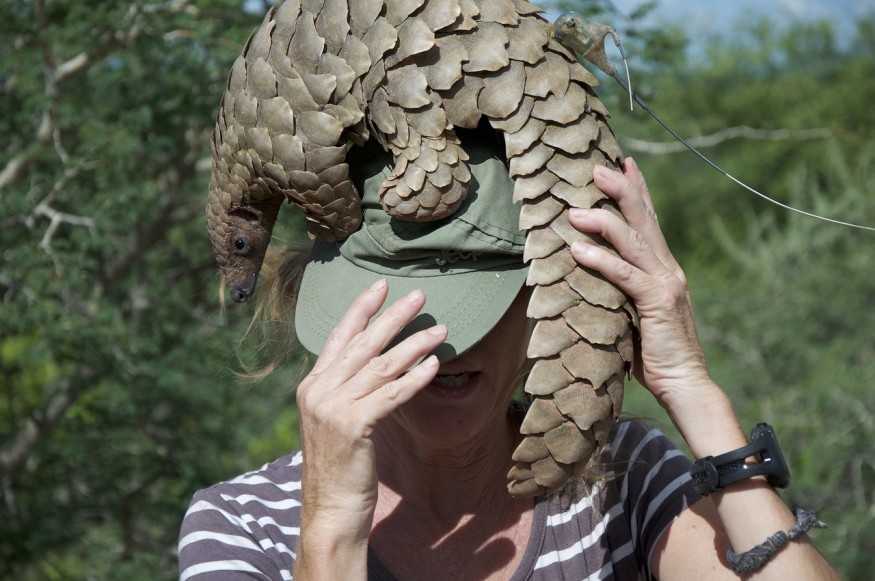Endangered animals have been allegedly used by multiple Chinese firms as ingredients for their products, according to a report by a UK-based environmental group as revealed this week. Based on the report, three named pharmaceutical Chinese companies used body parts of endangered leopards and pangolins to develop traditional Chinese medicine, abbreviated as TCM.
The said organizations are China's leading pharmaceutical companies out of 72 firms, which are backed by the world's top global banks, that exploited the animals, according to the report. Although investigations are ongoing, the group that authored the assessment said that it focused on companies that publicly listed and displayed their products that including leopard and pangolin parts on their websites.
Leopard and Pangolin Parts

In the report published on Monday, October 23, the Environmental Investigation Agency UK (EIA) revealed that the global financial sector is profiting from traditional medicine firms using threatened animal species, specifically leopard and pangolin parts that are publicly listed, as mentioned earlier. The EIA named the top three Chinese firms allegedly engaged in such activity:
- Beijing Tong Ren Tang Group
- Tianjin Pharmaceutical Group
- Jilin Aodong Medicine Group
The Monday report highlights that the investigation agency found 72 companies have been licensed by China's drug regulator in activities relating to the use of the endangered animal body parts, which can be reportedly found in at least 88 TCM products. The report adds that a total of 62 banks and financial institutions, including those from Fortune 500 companies, were somehow connected with the involved Chinese companies as investors.
Wildlife Extinction Threat
The report revealed this week raised extinction concerns for leopard and pangolin species. While it has been reported in the past that wildlife trafficking of endangered animals is used for collection and food consumption, they are also exploited for their perceived health benefits through traditional medicine.
According to a 2011 report, the following 10 threatened and endangered species have been used in traditional medicine:
- Rhinoceros
- Water buffalo
- Chinese alligator
- Asian elephant
- Musk deer
- Sun bear
- Grevy's zebra
- Tiger
- Banteng
- Hawksbill sea turtle
The said illegal practice poses the risk of wildlife extinction threat since it decimates a large animal population in the wild through poaching, excessive hunting, and other activities related to the illegal wildlife trade.
Despite the existing knowledge and evidence surrounding the relation between wild animals and traditional medicine, the recent EIA report and investigation is significant it shows the international reach and networks held by the mentioned pharmaceutical Chinese firms.
In the United States alone, a report by the National Wildlife Federation (NWF) shows that 56% of the 150 most popular prescribed drugs in the country can be traced to natural compounds found in the wild. The NWF adds that some endangered animals can be extinct in the next 50 years, where up to 33% of the world's plant and animal species may be lost permanently.
Related Article: 5 Critically Endangered Animals in The World
© 2025 NatureWorldNews.com All rights reserved. Do not reproduce without permission.





